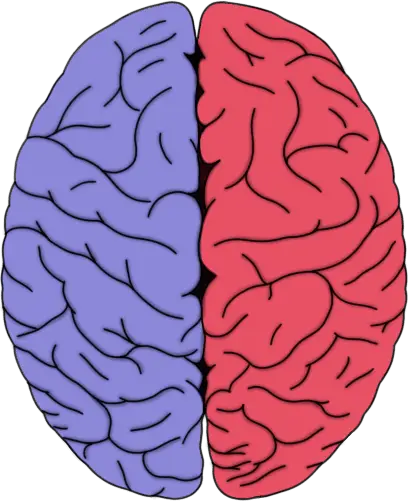Pyramidal system - definition
consists of upper motor neurons extending from the cortex to the brainstem or spinal cord that make up two major pathways of voluntary movement: the corticospinal and corticobulbar tracts (sometimes called the pyramidal tracts).
Learn more:
The colored lines show the path of the corticospinal tract (one of the main components of the pyramidal system) from the motor cortex down through the: midbrain, pons, medulla, and spinal cord (each represented by one cross-section above).


